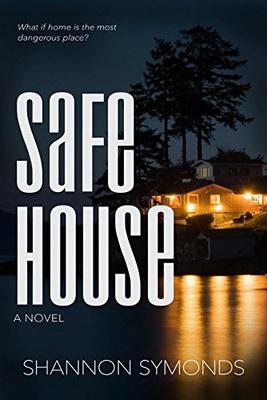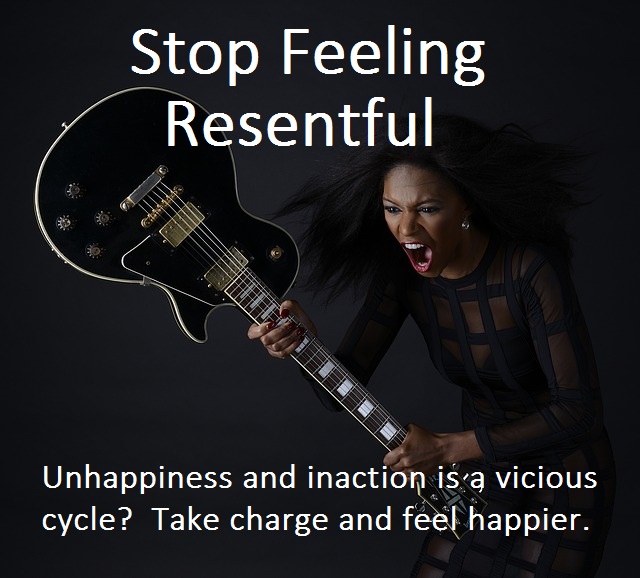Will they kill?
by Shannon Symonds, Author
(Seaside, ORegon)

My novel, Safe House, is fiction, but the risks victims of domestic violence face are very real and can be deadly. Abusers can affect more people than the intended victim.
Recently Fox 12 Oregon reported, “A man walked into his estranged wife’s elementary school classroom in San Bernardino and opened fire without saying a word, killing her and an 8-year-old student before shooting himself in a murder-suicide… A 9-year-old student also was critically wounded. He and the boy who died were behind their special-education teacher, Karen Elaine Smith, 53, the target of the man she had married months earlier, police said.”
The day after the deadly assault in California, according to Fox12 Oregon, a woman in Oregon contacted police to say her husband and two daughters were missing. She reported, he was suicidal and had threatened to take her 8 and 11-year old girls. When police located the man, he was shot after setting his SUV on fire. The children were found dead inside the vehicle.
Domestic violence often harms more than the intended victim or the children of the intended victim. Traumatic events touch friends, family, witnesses, co-workers and first responders. Even the strongest first responder is impacted when a child is murdered.
Whether you are a victim of abuse, or know a victim, learning to recognize the red flags which indicate an abuser is capable of murder may save a life. Learn how to reach out to professionals and create a safety plan for the victim, yourself, schools and other locations like work or church.
If you are a victim of abuse, the National Coalition Against Domestic Violence (http://www.ncadv.org/) and the National Domestic Violence Hotline (http://www.thehotline.org/ )can help you find resources where you live. A trained advocate can walk you through a risk assessment to help you determine the level of danger you may face.
The Battered Women’s Justice Project describes a risk assessment. They say, “…risk assessment tools in the domestic violence field have been developed to assess both an offender’s risk of re-offending and a victim’s risk of lethal assault.” Click here to look at the Lethality Assessment Model Maryland First Responders Lethality Assessment and take their test.
As an advocate, I have been trained to provide an evidence-based lethality assessment. When there isn’t time to take a test, and I am working with victims, there are three questions I always ask:
- Has your abuser ever threatened to kill you or your children?
- Has your abuser ever threatened suicide? Did they have a plan?
- Has your abuser ever strangled you or threatened you with a weapon?
If you answer yes to any of these questions, please reach out and get help. These are signs you may be in serious danger.
If you are a victim of domestic violence, a trained advocate can help you create a personalized safety plan. Here) (http://www.ncdsv.org/images/DV_Safety_Plan.pdf) is a sample safety plan from the National Coalition Against Domestic Sexual Violence.
If you are not a victim, learning this information could save a friend’s life. However, be very careful about the way you share it. The abuser may be tracking the victims every move and keystroke. Keep your local hotline number in your cell phone and link victims with professional advocates.
An advocate who has lost a victim to murder will remember that last conversation forever. They may remember seeing the signs, and even though they may have done everything they could, they will always wonder what else could have been said or done. Family members and friends of victims wish for just one more chance to do anything, just something different. We are willing to answer your call 24 hours a day, we are willing to go out in the night to pick you up because we never know when our words will be the last words you ever hear.
Shannon Symonds, Author and Advocate




